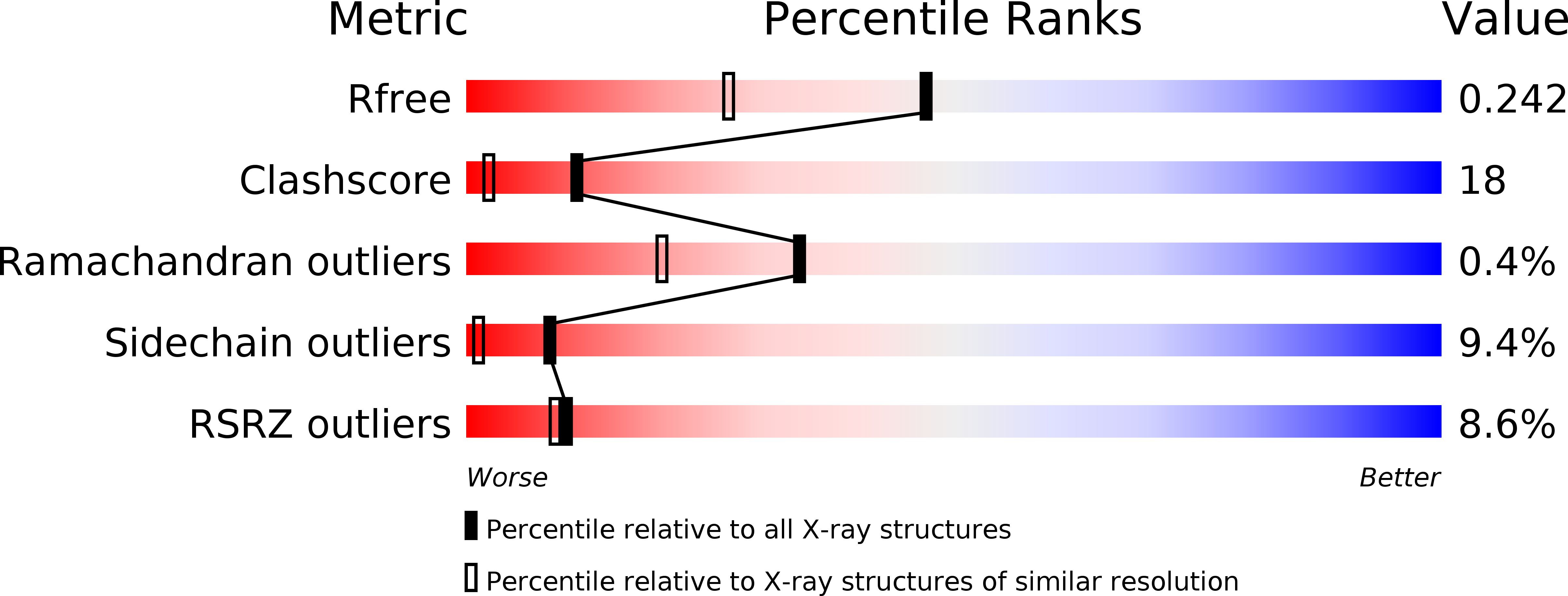
Deposition Date
2007-09-03
Release Date
2008-03-18
Last Version Date
2023-08-30
Entry Detail
PDB ID:
2R5E
Keywords:
Title:
Aedes kynurenine aminotransferase in complex with glutamine
Biological Source:
Source Organism:
Aedes aegypti (Taxon ID: 7159)
Host Organism:
Method Details:
Experimental Method:
Resolution:
1.84 Å
R-Value Free:
0.24
R-Value Work:
0.20
R-Value Observed:
0.20
Space Group:
P 21 21 21


